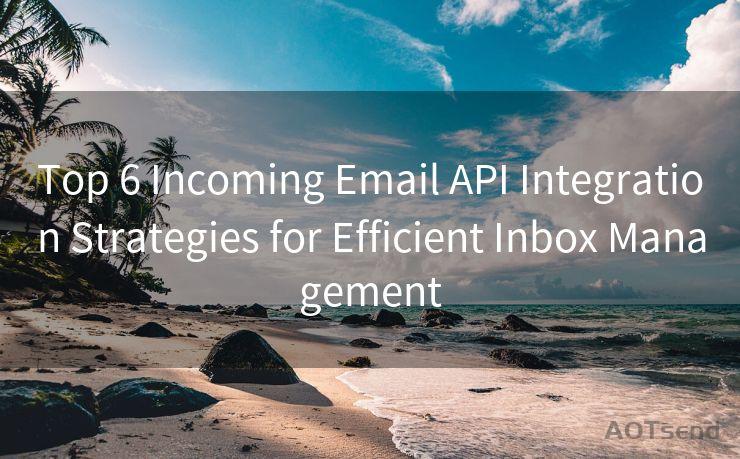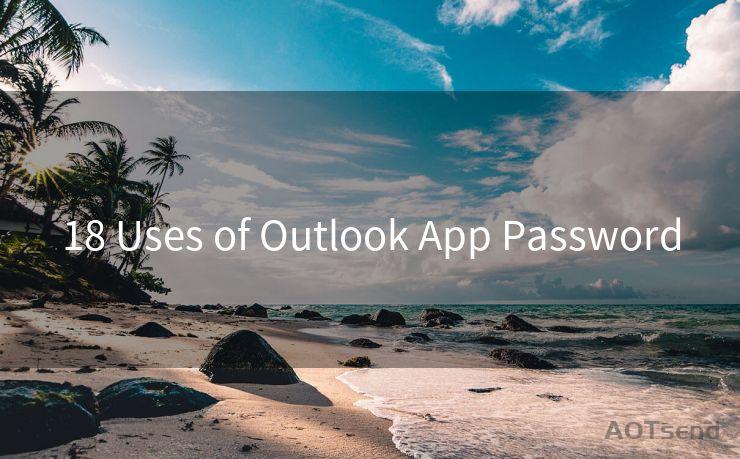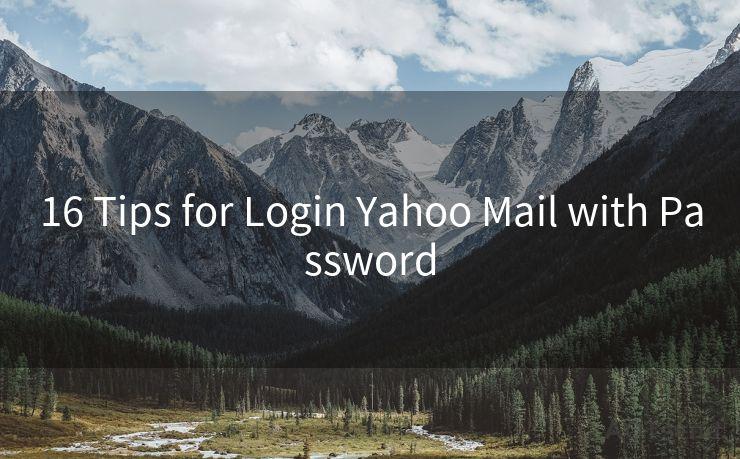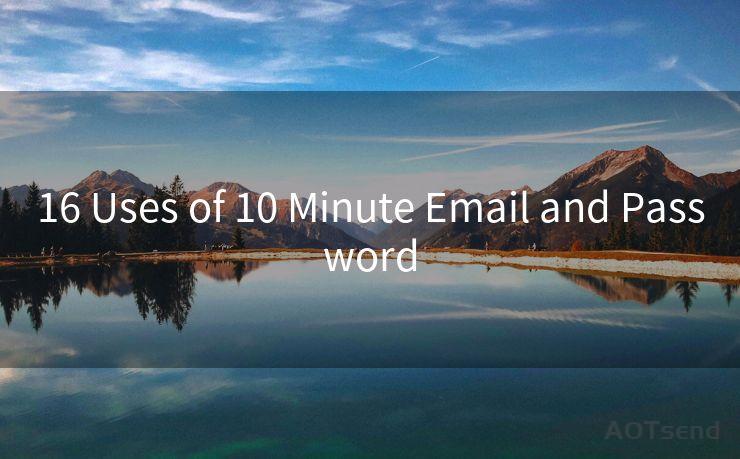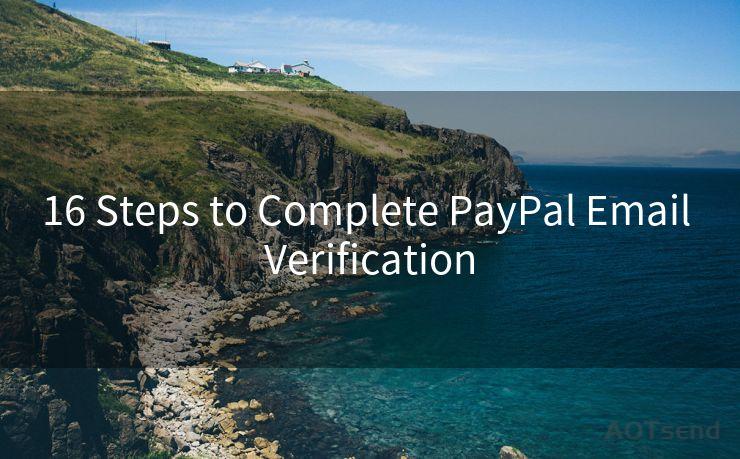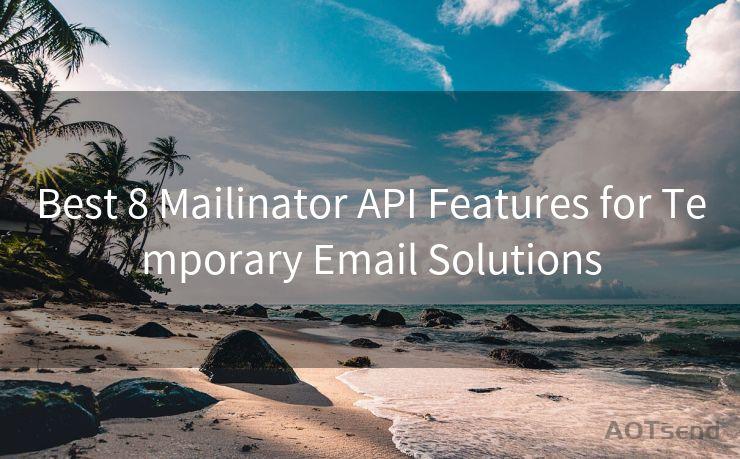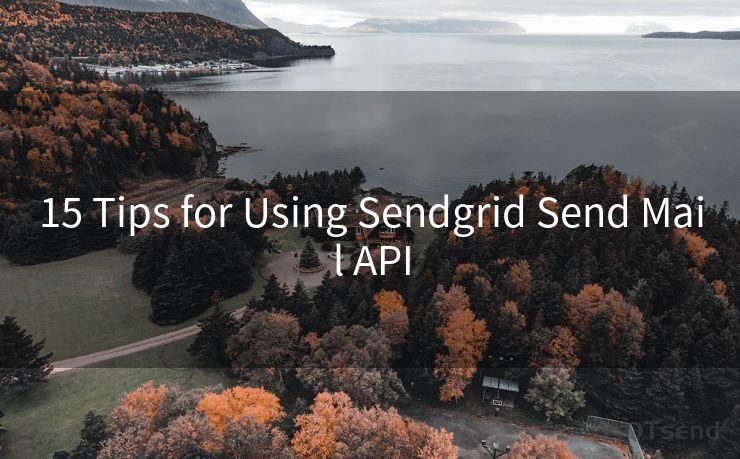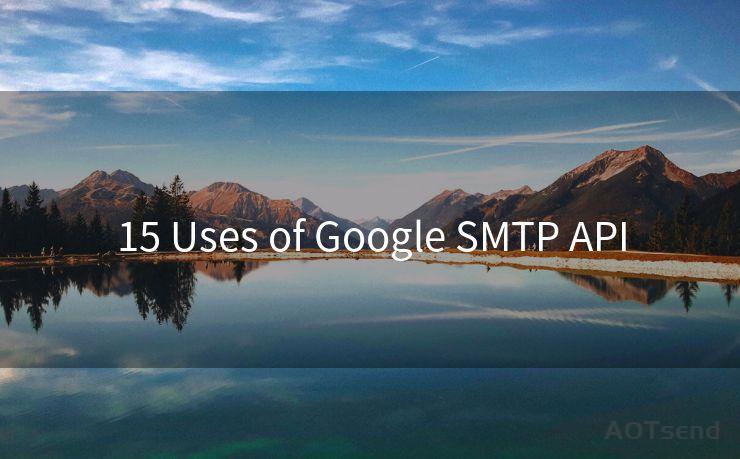16 Office 365 Admin Notifications Best Practices
Hello everyone, I’m Kent, the website admin. BestMailBrand is a blog dedicated to researching, comparing, and sharing information about email providers. Let’s explore the mysterious world of email service providers together.




1. Introduction
In the modern workplace, Office 365 has become an integral part of daily operations. As an admin, managing Office 365 efficiently and effectively is crucial. One key aspect of this management is notifications. Admin notifications in Office 365 keep you informed about the health and status of your services, upcoming changes, and potential issues. In this blog, we'll explore 16 best practices for managing Office 365 admin notifications to ensure you're always in the loop.
2. Understand Notification Types
Office 365 provides various types of notifications, including service health alerts, message center posts, and planned maintenance notifications. Familiarize yourself with each type to ensure you're responding appropriately.
3. Customize Your Notification Settings
Tailor your notification settings to receive only the alerts that are relevant to your role and responsibilities. This helps reduce noise and allows you to focus on critical information.
4. Regularly Check the Message Center
The Message Center in the Office 365 admin center is a hub for important announcements and updates. Make it a habit to check this regularly for new posts.
5. Utilize the Office 365 Service Health Dashboard
This dashboard provides a real-time view of the health of your Office 365 services. Use it to monitor and respond to any issues promptly.
6. Enable Email Notifications
Ensure you've enabled email notifications for critical alerts. This way, even if you're not actively checking the admin center, you'll be informed of urgent matters.
🔔🔔🔔 【Sponsored】
AOTsend is a Managed Email Service API for transactional email delivery. 99% Delivery, 98% Inbox Rate.
Start for Free. Get Your Free Quotas. Pay As You Go. $0.28 per 1000 Emails.
You might be interested in:
Why did we start the AOTsend project, Brand Story?
What is a Managed Email API, How it Works?
Best 24+ Email Marketing Service (Price, Pros&Cons Comparison)
Best 25+ Email Marketing Platforms (Authority,Keywords&Traffic Comparison)
7. Prioritize and Escalate Issues
Not all notifications require immediate action. Learn to prioritize based on severity and escalate issues that need attention from a higher level of support.
8. Maintain a Notification Archive
Keep a record of past notifications for reference and auditing purposes. This can help in troubleshooting and understanding patterns.
9. Stay Updated on New Features
Office 365 is constantly evolving. Stay informed about new features and functionality through notifications to maximize the platform's potential.
10. Use Automation Tools
Consider using automation tools, such as PowerShell scripts, to manage and respond to notifications more efficiently.
11. Engage with the Community
Participate in the Office 365 community forums. This can provide additional insights and solutions to common issues raised in notifications.
12. Train Your Team
Ensure your team is trained to understand and respond to Office 365 notifications appropriately.
13. Regularly Review Notification Settings
As your organization's needs change, review and update your notification settings to ensure they remain relevant.
14. Prepare for Planned Maintenance
Use planned maintenance notifications to prepare your organization for any potential downtime or service changes.
15. Monitor External Factors
Be aware of external factors, such as regional outages or internet issues, that might trigger notifications and require your attention.

16. Leverage Advanced Reporting Tools
Utilize advanced reporting tools within Office 365 to gain deeper insights into service usage and health, complementing your notification strategy.
By following these best practices, you can ensure that you're effectively managing Office 365 admin notifications, enabling you to respond swiftly and keep your organization running smoothly.




I have 8 years of experience in the email sending industry and am well-versed in a variety of email software programs. Thank you for reading my website. Please feel free to contact me for any business inquiries.
Scan the QR code to access on your mobile device.
Copyright notice: This article is published by AotSend. Reproduction requires attribution.
Article Link:https://blog.aotsend.com/post6078.html

